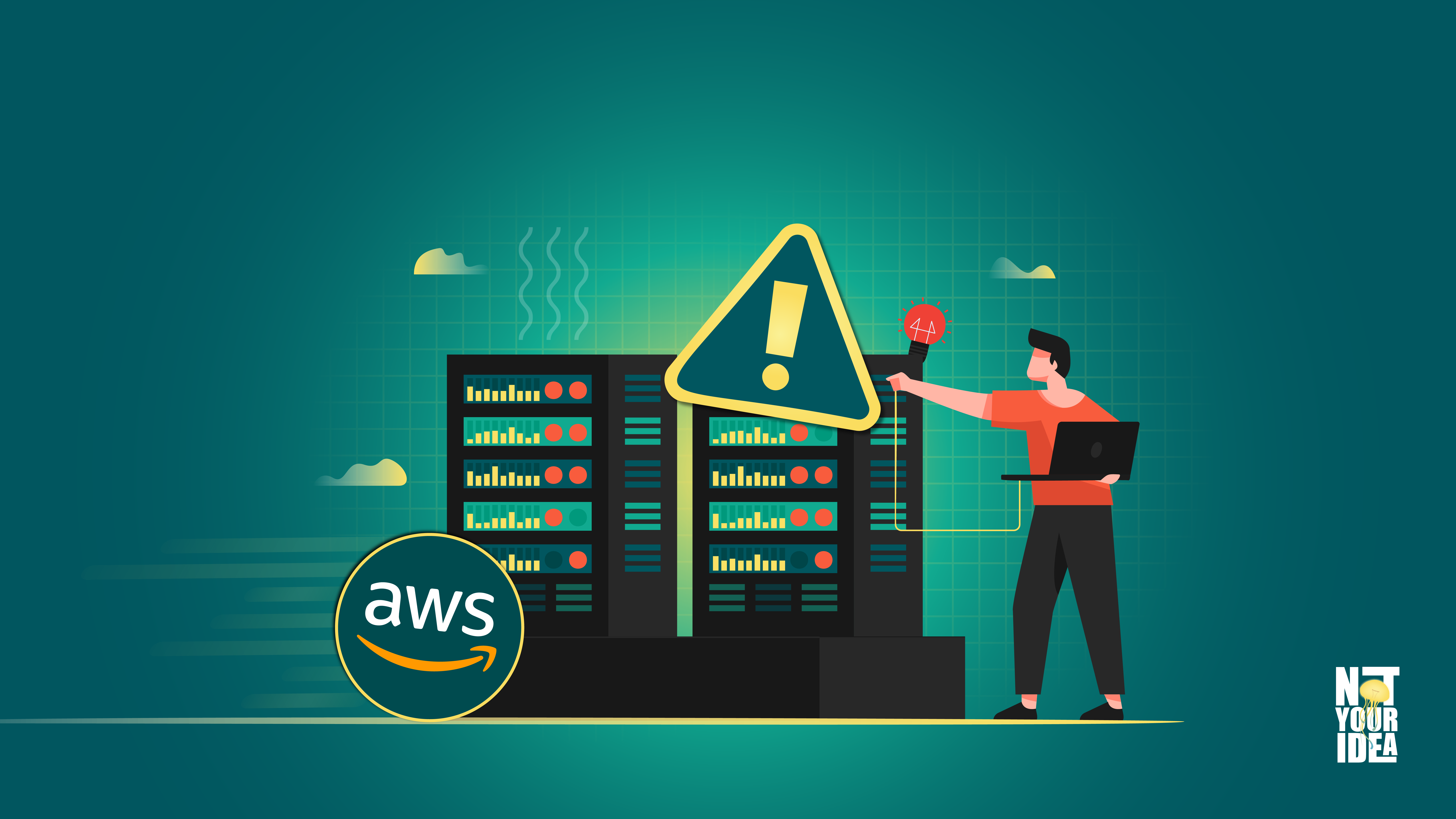Digital transformation has played out across industries and companies in India, from the adoption of digital payments to the success of e-commerce platforms. Across sectors, this transformation has fundamentally changed customer expectations about convenience, pricing, and service. There’s no denying that we’re living through shifting landscapes, which is why it’s more important than ever for mid-sized companies to stay on top of digital transformation.
The Sweet Spot Held by Mid-sized Companies
Mid-sized companies boast a few advantages that help them adopt digital transformation much easier than their bigger and smaller counterparts. Unlike legacy companies, they’re not weighed down by a string of bureaucratic approvals and age-old systems. They also have an established business model, more stability, and more resources on hand than smaller companies. Decision-making becomes easier, speeding up the adoption process.
The Cost of Waiting
Regulatory & Compliance Indicators
Digital transformation hasn’t restricted itself to privately owned companies, and its wide reach is evident. For instance, any business with a ₹5 crore+ turnover in a financial year has to generate an e-invoice within 30 days of issuing a tax invoice. This is a requirement established by the government of India; failing to do so brings GST compliance penalties into the picture. The threshold of ₹5 crore was established in August 2023. Prior to that, it underwent 4 cuts—down from ₹500 crore in 2020—signaling that further cuts could be on the way.
This is simply one among many regulatory nudges for companies to adopt digital processes. Other initiatives, like the state-backed Open Network for Digital Commerce (ONDC) and the RBI’s financial data-sharing Account Aggregator (AA) network, are further indicators of the country-wide shift. Failing to comply can result in financial penalties and a hit to reputation in the public eye.
Higher Customer Expectations
Holding back on digital transformation can have a very real bottom-line impact. The truth facing us all is that digital transformation has been around for a while, and the market typically rewards early adopters. Customers have already experienced the efficiency of digital processes, from real-time updates and instant responses to varied payment methods and seamless experiences. It’s much easier for them to notice outdated processes, and to then switch to one of the many alternatives available.
Compounding Operational Inefficiencies
The old adage “if it ain’t broke, don’t fix it” won’t cut it when keeping up with a dynamic digital world. Systems that work flawlessly can always do with improvement, whether it's a faster pace or fewer steps. Likewise, manual processes, though they may be perfect, could be automated or digitized to become more efficient. The time and manpower that go into easily digitized tasks should be diverted into high-value activities that can help grow the business.
Fighting Tooth & Nail
The longer the wait, the more established other companies become in their shift to digital processes and systems. A natural consequence is a loss of established market leadership, which is much easier to maintain than to regain.
Plus, hiring talent may just become trickier as a mid-sized company holding on to archaic systems. People would rather function with workflow apps and automated trackers and leave the brainwork for complex tasks than waste time and energy on repetitive tasks that technology could handle. Workplaces that feel outdated in the way they function will turn away top talent, losing out yet again to their tech-savvy competitors.
Playing Catch-Up: Where To Begin
Identifying The Biggest Pain Points: An easy way to figure out just how to turn towards digitalization is to identify where a solution is needed, and then to implement a digital solution instead of a manual one. Simply reviewing what processes lead to frustration for employees or consumers is a good starting point. Whether it’s manual inventory tracking, delayed response times to customer issues, or painful processes to assess data, the benefits of solving an outdated problem will be immediate and apparent.
Tackling The Smaller, Quick Wins First: Digitization exists to bring about a sense of ease; naturally, the process of adopting it should also be easy and gradual. A complete overhaul will not only be glacial but also confusing and overwhelming. On the other hand, projects that show results within a few months will help build momentum and encouragement across teams. This will help smooth out any sharp edges, ensuring the transition remains positive.
Investing Training Time: Building internal capabilities is crucial when it comes to digital transformation, particularly in mid-sized companies. A well-trained team of that size can easily adopt and take on digital shifts rather than relying on external vendors who won’t understand the company’s workflows as well.
Integration, Not Replacement: The beauty of such a fast-moving digital world is that we have a range of tools and systems on hand that can adapt to existing systems. Mid-sized companies should aim to retain existing strengths and use digital transformation to fill in the weaker gaps. For instance, take a company that boasts exceptional customer service—they can adopt an automated sheet to track calls and conversions while retaining their customer service staff instead of going the chatbot route.
The Second Best Time To Begin
The best time to go digital was a little over a decade ago; the second best time is now. Cloud computing, software-as-a-service solutions, and user-friendly platforms mean companies can access enterprise-level capabilities without enterprise-level costs or complexity. Tools that were only available to large corporations five years ago are now within reach of mid-sized businesses, making adoption even smoother. All that’s left is to take the first step!
FAQs
What Does Digital Transformation Mean?
Digital transformation is the process of integrating digital technology into areas of a business for improving operations, enhancing customer experience, and driving innovation. It’s a part of adapting to an increasingly digital environment by using technology to enhance how businesses work and what they provide.
What Are the 4 Main Areas of Digital Transformation?
The four key areas of digital transformation are business process transformation, business model transformation, domain transformation, and cultural/organizational transformation.
What Are the Benefits of Digital Transformation?
There are several benefits of digital transformation. These include improved efficiency, better customer engagement, faster decision-making, cost savings, and increased competitiveness.
What is the Main Goal of Digital Transformation?
The main goal is to ensure businesses are more efficient, data-driven, and customer-focused through the adoption of modern digital technologies.
What is an Example of Digital Transformation?
A real-world example of digital transformation is Nike using established digital tools across their business, along with unique innovations such as letting customers find the right shoe through a leg scan on their app.
If you’re keen on starting your digital journey or are looking for a solution to fill in a gap, Not Your Idea’s breadth of digital solutions is bound to be helpful. Reach out to us to better understand how you can begin and where we can help you.



